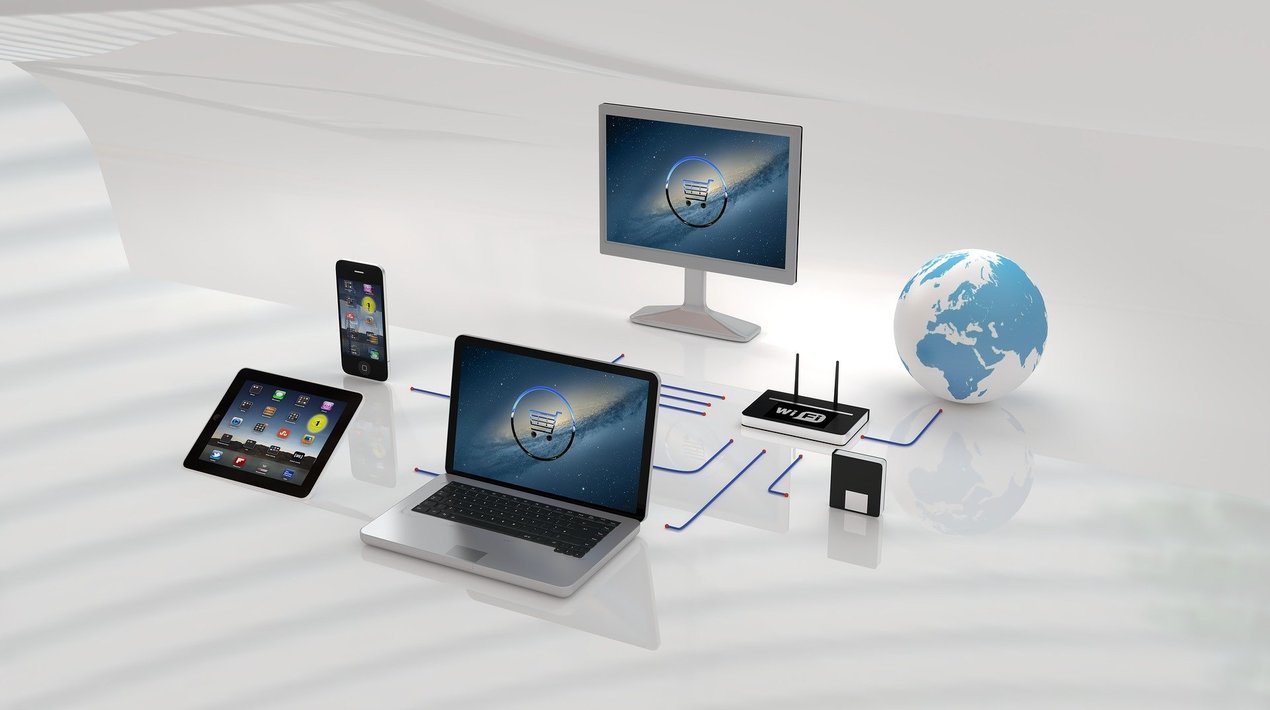
As Filipinos adapt to digital technology in the midst of the pandemic, the Philippines Trade Secretary believes the country will be the next technological leader in Southeast Asia. “The Department of Trade and Industry (DTI) agrees with the Digital Pilipinas Movement that the Philippines has the potential to be a technological leader in Southeast Asia in the future. And, like everyone else here, we know that this can only be accomplished through a whole-of-society approach, that is, all of us working together to rebuild better in the post-pandemic tomorrow,” he said at the Digital Pilipinas Movement’s launch. He also cited encouraging statistics demonstrating that the country is “built for e-commerce.”
According to the Trade Secretary’s 2021 Digital Report, the Philippines remains the world’s top internet and social media user. He also stated that e-commerce adoption in the Philippines increased to 80.2% this year, up from 70% in 2019 and 76% in 2020.
We saw this especially last year, with e-commerce coming to our rescue during the COVID-19 pandemic. Many online businesses filled the void left by brick-and-mortar businesses affected by the community lockdowns. Online retail, delivery services, online entertainment, digital services, telehealth, work from home arrangements, digital payments have helped us in the past year and continue to do so until now.
– Department of Trade and Industry Secretary
OpenGov Asia reported that The Philippines, the second-most populous country in Southeast Asia, is a large and rapidly developing e-commerce market. The Philippines has a digital population of more than 67 million people, with a low income but high growth, attracting both local and regional companies competing against a dominant player.
Despite this, e-commerce accounts for less than 1% of total sales in the Philippines, the market is expected to grow at a high double-digit rate in the coming years. Though not as mature as Malaysian e-commerce or as thriving as Indonesian e-commerce, the Philippines’ population of more than 100 million people makes the country very appealing.
The improving telecommunications infrastructure, as well as the growing proportion of the population with internet access, particularly via mobile phones, are some of the key factors that will position the Philippines as a major player in Southeast Asia e-commerce in the near future. Entrepreneurs are also registering their businesses through online platforms and prefer digital payment, the DTI chief added.
“In 2020, more than half of total applications for Business Name registration and other related transactions were processed within eight minutes and 83% within an hour. We also saw a shift in the business payment preferences of many of our applicants for Business Names, which saw 67% registration fees made via online payment gateways versus the traditional over-the-counter or DTI cashier method,” he said.
He then asserted that the launch of the e-Commerce Philippines 2022 Roadmap will propel the country to become a technological leader in the region. The roadmap envisions 1 million e-commerce businesses by 2022, up from half a million last year. It also intends to train a digitally literate workforce to support the expanding e-commerce industry.
“To push this further and to fulfil the order of the Philippines President last year that the long line or queue should disappear finally, DTI is initiating a GovTech project for e-commerce. He added the DTI e-Commerce Office is working with the Department of Information and Communications Technology (DICT), AIM-DBI Foundation, and incubator Dado Banatao.
The new project will obtain propositions from local start-ups for innovative government technology solutions. The government remains committed to taking the lead in enabling the country’s various stakeholders to ensure that our people reap the benefits of e-commerce, including the jobs and employment it creates. But we are also confident that, with everyone working together, our country will be able to ride the wave of technology into the future and become one of the region’s technology leaders,” he concluded.
















